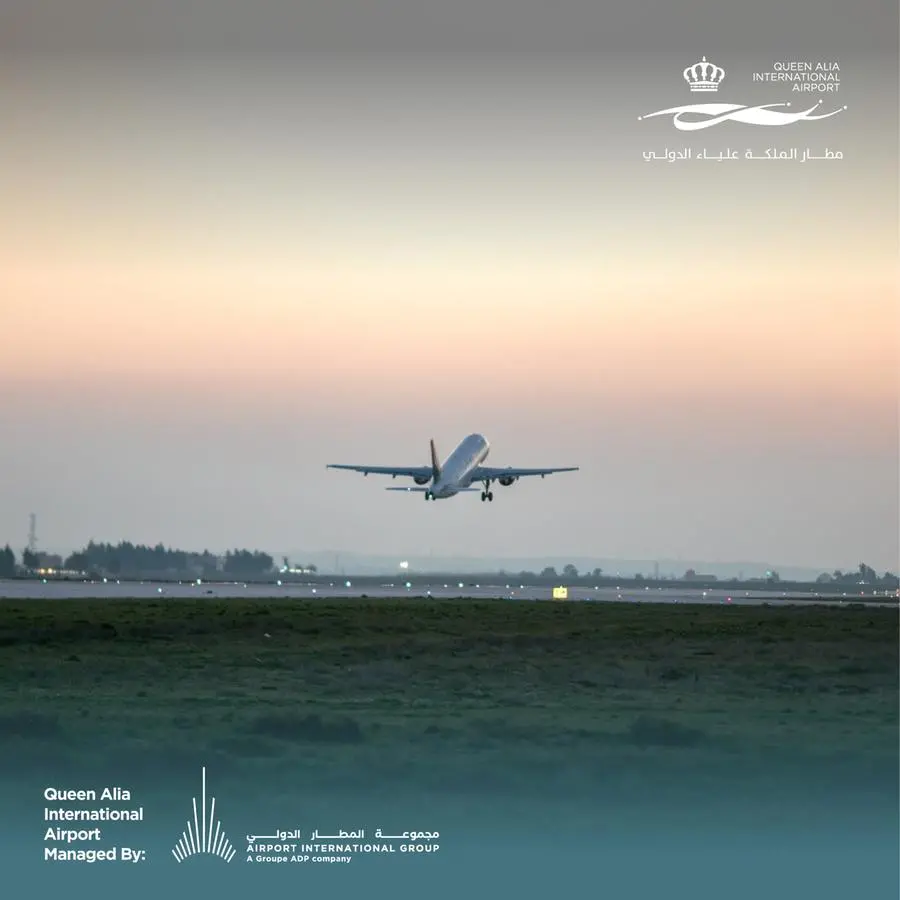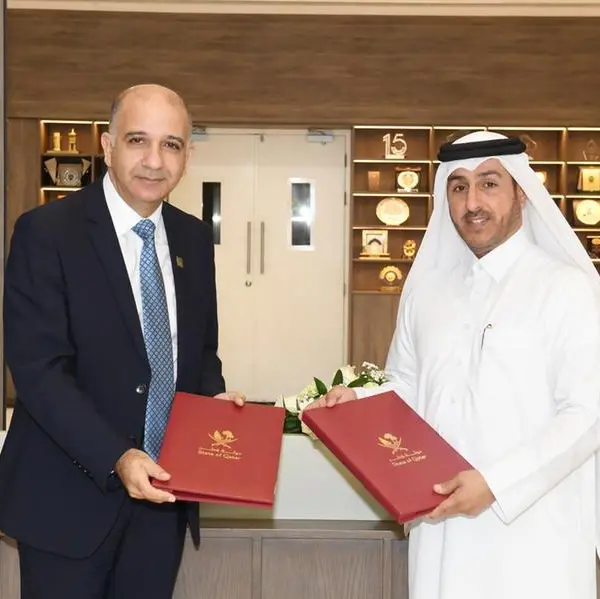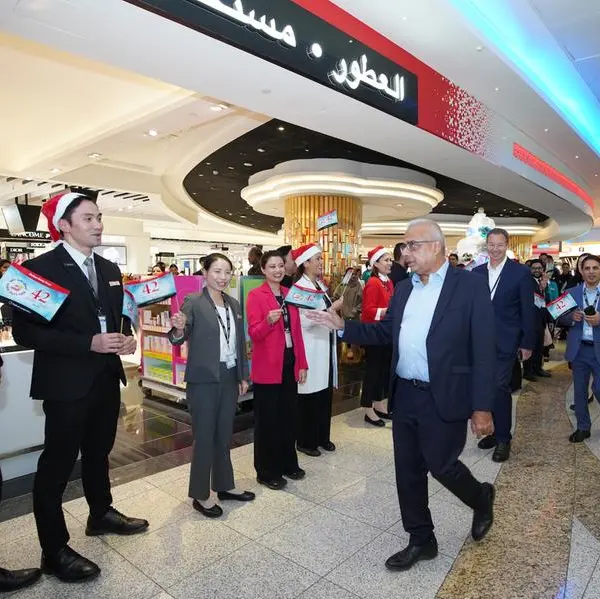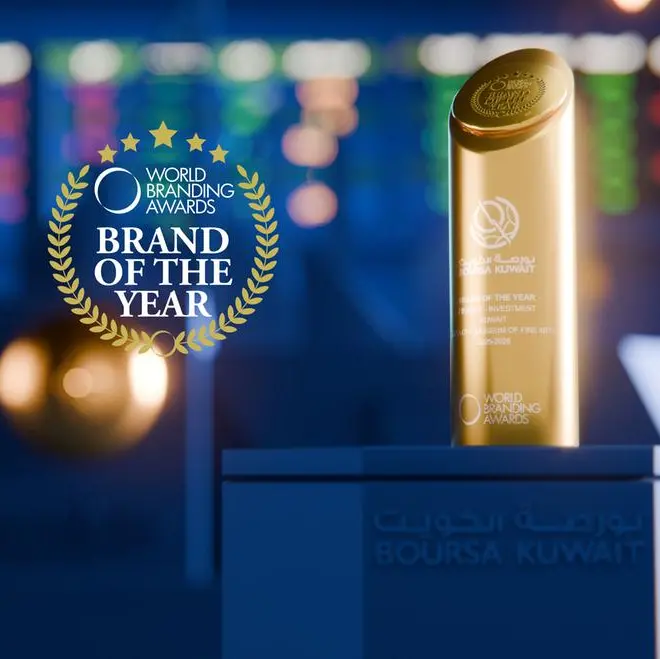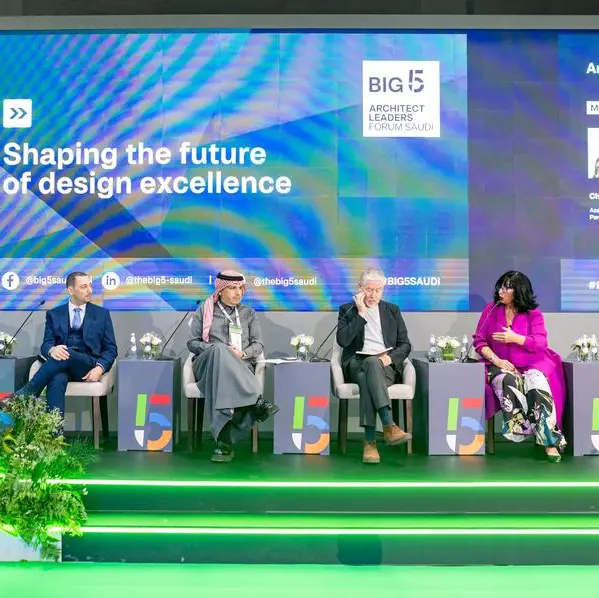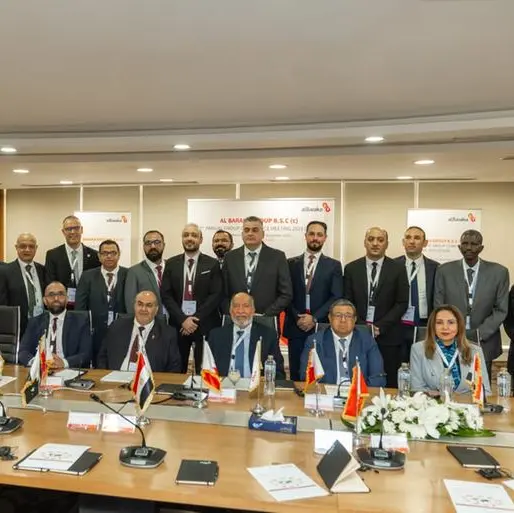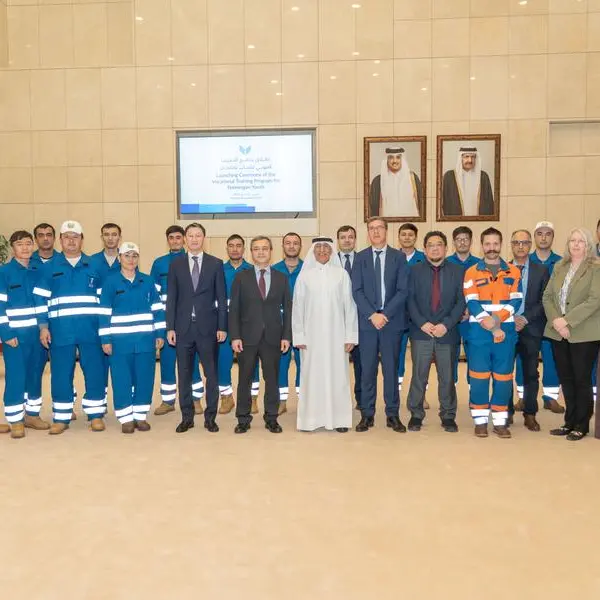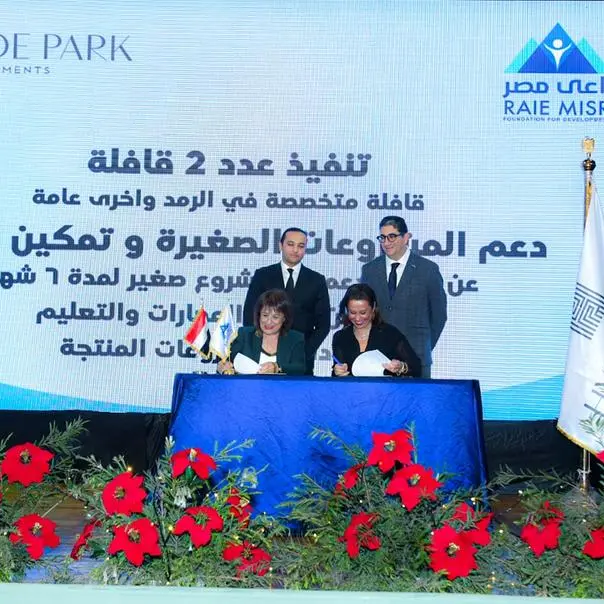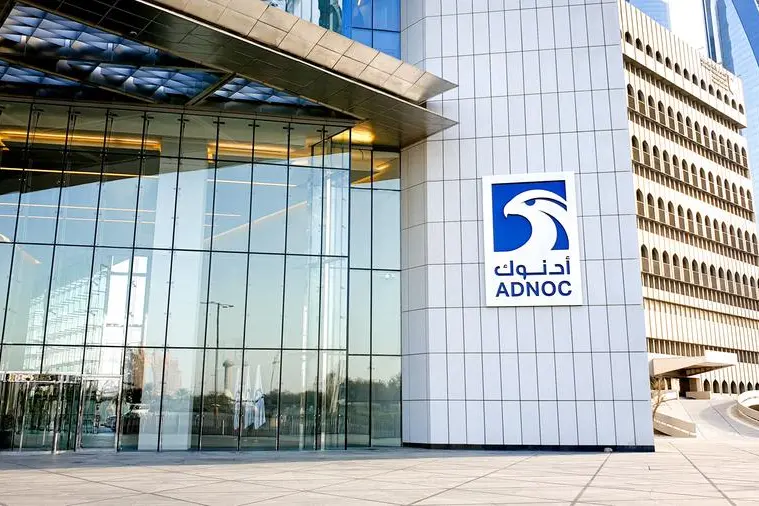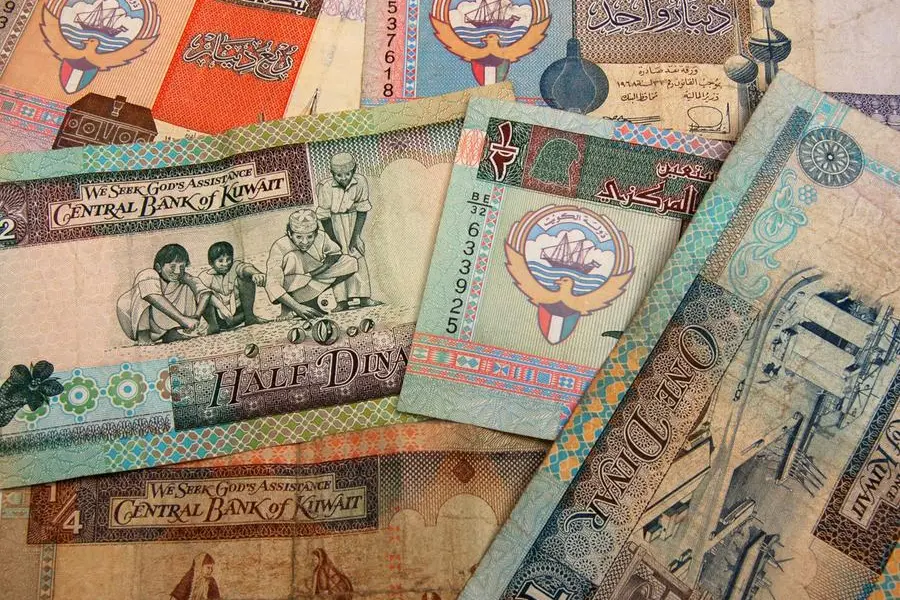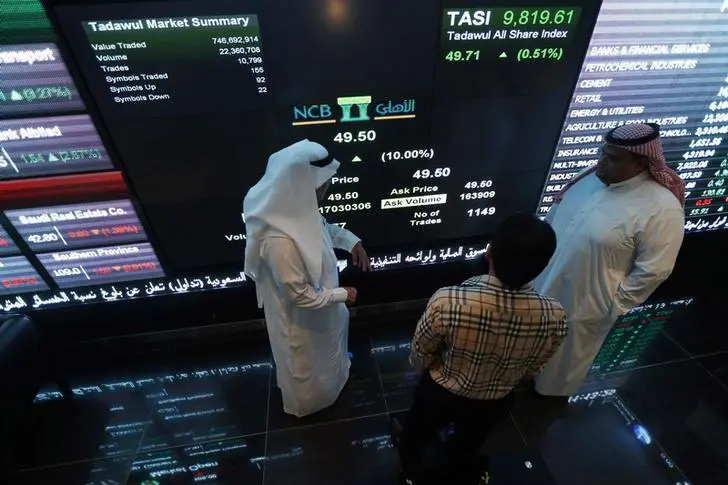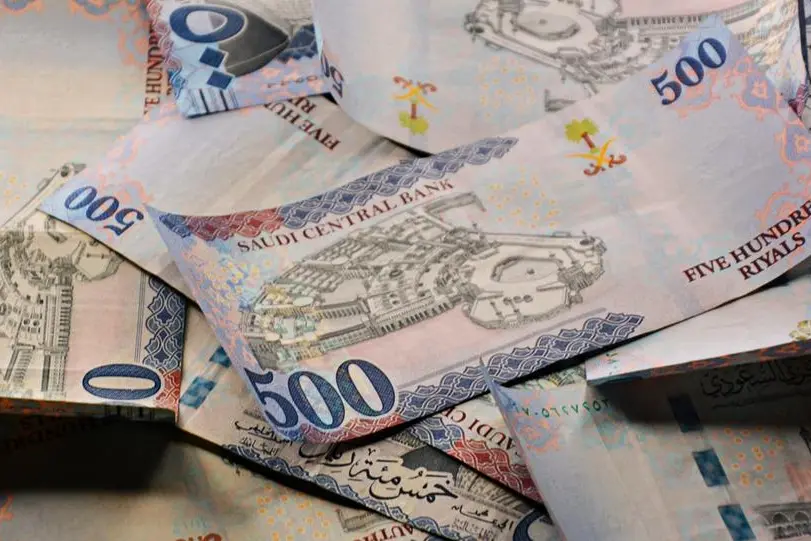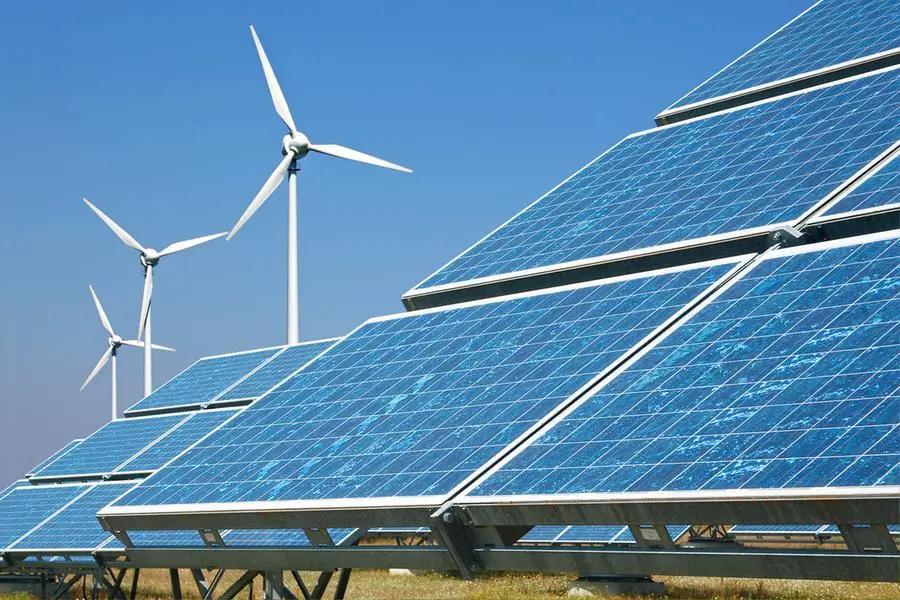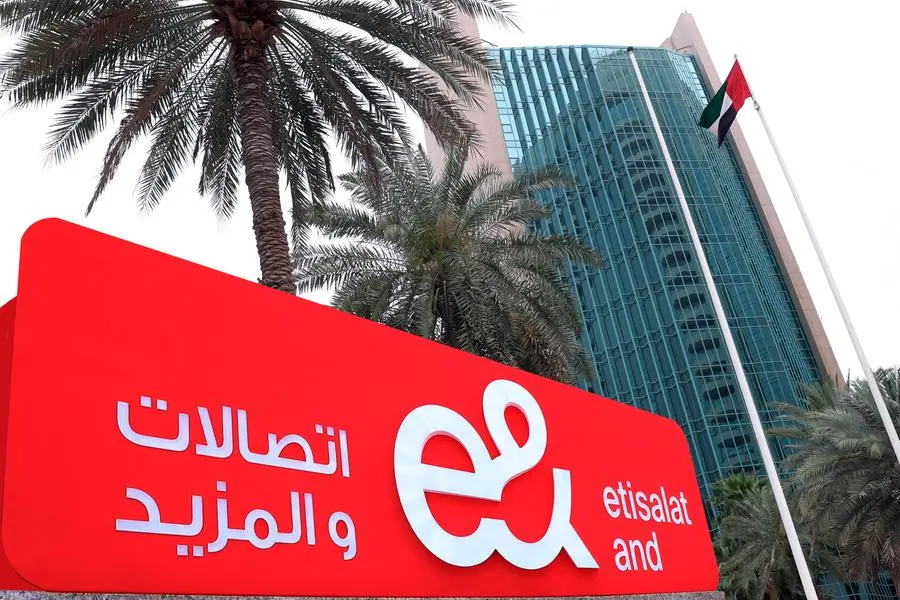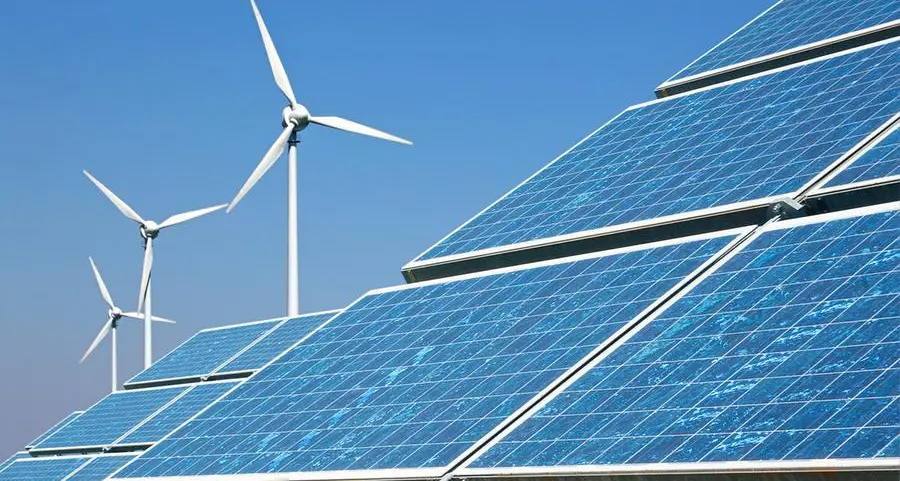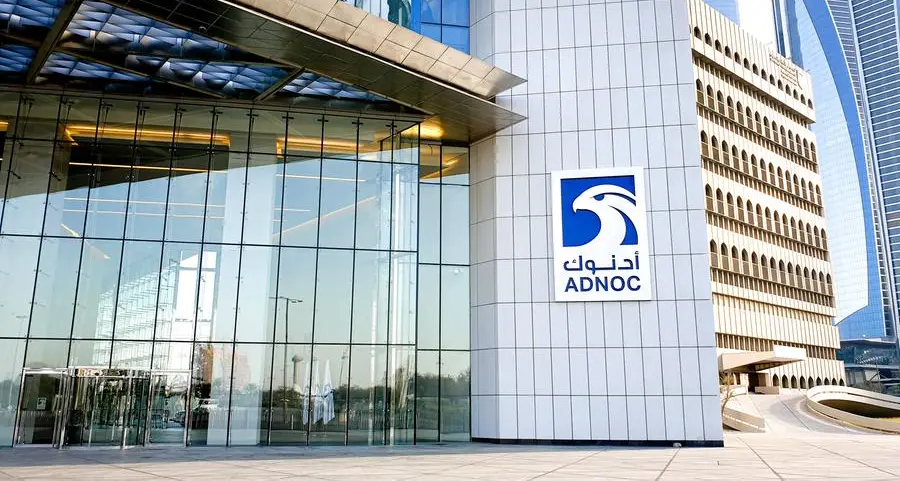Beirut, October 1st, 2009: Solidere organized today a media tour around the newly opened Beirut Souks project, which has been rebuilt in its same original location. The tour was intended to introduce the project to the media, and it revealed the traditional Souks under a contemporary new design, keeping the site's main landmarks intact. Beirut Souks are set to become a vital trading hub and a major tourist magnet, be it for Arabs or foreigners.
This preview coincides with the opening of the first few retail outlets, and ahead of the project's grand opening by the end of the year.
The Beirut Souks enjoy a strategic location, nestled in the historical heart of the capital and in close proximity to the hotels district by the waterfront, and the residential areas of Wadi Abou Jmil and Saifi Village, with direct access to the business center. This ensures the project's contextual continuity with the city's centre as well as its connection to the rest of the capital. In the future, the project will also bridge the traditional centre with the reclaimed waterfront area.
The Beirut Souks are a modern commercial district that stands apart from all other contemporary commercial centers and malls. The unique concept safeguarded the Souks' historical street grid and brought back to life their historic names; some are covered Souks like Souk El Tawileh, Souk El Jamil and Souk Arwam while others are open air such as Souk Ayyas and Souk Sayyour. These Souks, along with the Intabli and Ajami Squares and the Gold Souks constitute the southern area of the development, which features retail outlets from different categories, offices, and a variety of restaurants and coffee shops.
The upcoming northern area will be delivered progressively over the next three years in two distinct phases, one consisting of a 14 cinema entertainment complex equipped with state of the art technologies, and the other consisting of a major department store with a landmark architecture.
As for the architecture, Solidere made sure to integrate the historical aspect of the Souks in their new design, reflecting the location's primal role as a gateway between the past and the future. An elite group of Lebanese and international award winning architects worked on the design and execution of the project, like Rafael Moneo from Spain with Samir Khairalla and partners, Kevin Dash from Britain with Rafic Khoury, and Valode et Pistre from France with Annabel Kassar. The coordination and the unification of all these designs were masterfully handled by French space planner and landscape architect Olivier Vidal, a renowned expert in conceiving shopping malls and commercial centers. The latter was also assigned with the responsibility of designing the public spaces and the green spaces within the project. Several of these squares will be decorated with artwork and sculptures from world-renowned artists.
The construction materials have been carefully selected using the finest Spanish marble designed in a herringbone pattern to adorn the walls of the Souks whereas especially cut black basalt was installed in all pedestrian streets. Shop fronts' frameworks and decorative louvers were finished with beautiful solid bronze recalling the Bronze Age of the Souks, also known as the Canaanite era. As for the Gold Souks, French marble adorn the walls, while granite carpets the floors under imported cedar wood.
Solidere also made sure to conserve the heritage of the different civilizations marking the Beirut Souks historic location from the Phoenician era untill the French mandate. The archeological findings recovered in the Souks and which have been carefully restored include the ancient Phoenico-Persian commercial quarter, the Medieval Moat, the Mamluk Koranic madrassa of Ibn Iraq Al Dimashqi in addition to the Byzantine mosaic excavated on site.
This flagship project by Solidere aims at restoring Beirut's pioneering stature on the regional and international scenes: a business hub and an ultimate touristic and cultural destination that attracts businessmen, investors, tourists and shoppers from all over the region. Besides being one of the most important commercial nodes locally and regionally, the project creates employment opportunities through the participation of a large number of Lebanese architecture, engineering and construction firms and other commercial institutions.
The Beirut Souks area will be accessible to the public as of Friday October 2nd, 2009, while the remaining shops continue to complete their preparations. Parking will be provided.
- Ends -
© Press Release 2009
